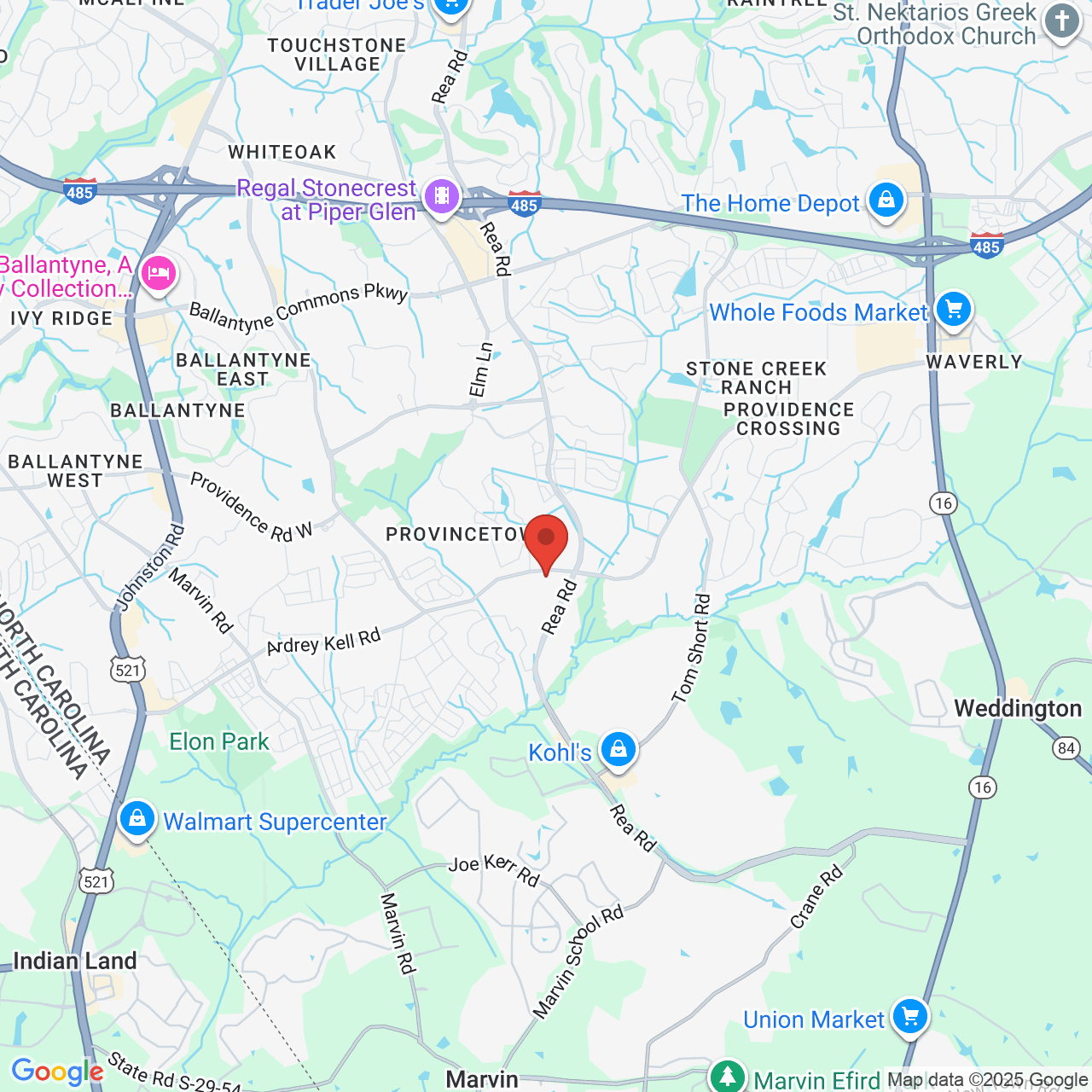INNOVATIVE CAVITY DETECTION AND TREATMENT
 Cavities are an enormously common dental problem that affects children and adults alike. In fact, over 90 percent of children worldwide suffer from tooth decay. Left untreated, cavities can cause serious long-term harm to both oral and overall health. Drs. John Pinnix and George Betancourt can diagnose tooth decay in its earliest stages with advanced cavity detection and treatment at their Charlotte, NC, practice. With the DIAGNOdent® laser detection tool, our team can treat cavities before they have the chance to cause long-term damage.
Cavities are an enormously common dental problem that affects children and adults alike. In fact, over 90 percent of children worldwide suffer from tooth decay. Left untreated, cavities can cause serious long-term harm to both oral and overall health. Drs. John Pinnix and George Betancourt can diagnose tooth decay in its earliest stages with advanced cavity detection and treatment at their Charlotte, NC, practice. With the DIAGNOdent® laser detection tool, our team can treat cavities before they have the chance to cause long-term damage.
Contact our general dentistry practice today to learn more about our advanced cavity detection and treatment routine.
Cavity Development
Cavities generally result from the presence of harmful bacterial. Bacteria feed on the sugars and carbohydrates left behind from meals and snacks, forming acid as a byproduct. When this acid combines with food debris, other bacteria, and saliva, it forms plaque deposits on the teeth. Over time, plaque breaks down the hard tissue of the teeth, working its way from the outermost layer of enamel through the underlying layer of dentin. The resulting holes, known as cavities, compromise tooth structure and allow bacteria greater access to your teeth. This can lead to pain, infection, and even tooth loss. In more severe cases, infection can even spread to other tissues in the body.
Unlike other parts of the body, your teeth cannot grow new tissue to replace what has been lost. Cavities have a permanent effect on the structure of your teeth. Decay cannot be completely prevented, but catching it as soon as possible is integral to a person’s long-term oral health.
Traditional Treatment
To treat cavities, dentists must halt their progress by removing the decay from your tooth. A variety of tools are available for this purpose, including drills, air abrasion tools, and lasers. Once the debris has been eliminated, the lost tissue is usually replaced. The specific method depends on the severity of the cavity:
- Dental Fillings: If the damage is mild, your dentist will likely recommend a filling. Made of metal or tooth-colored materials, fillings plug up the small cavity holes and seal them off from further infection.
- Inlays & Onlays: If you sustain moderate to damage to your molars, inlays and onlays are often a good option. Dentists take impressions of your teeth to create these small ceramic restorations, ensuring they fit snugly into the structure of your tooth. This allows for a comfortable fit and prevents bacteria from returning to the cavity. Inlays are used when the decay falls within the bumps or cusps of a tooth. If the decay extends to one or more of the cusps, onlays are used.
- Dental Crowns: If your tooth is severely damaged by a cavity, a crown may be necessary. These restorations completely replace the entire chewing surface of a tooth, fitting securely on top of the original tooth like a cap.
- Dental Implants: Sometimes decay breaks down the tooth far enough that there is not enough left to support a crown. In these extreme cases, your dentist may recommend implants to completely replace the tooth and its root.
If the decay reaches the root or soft inner tissue of a tooth, these treatments may be accompanied by root canal therapy to remove the dead tissue. In more severe cases, patients might choose to undergo sedation to ensure their comfort.
DIAGNOdent® Laser Detection Tool
Early detection of cavities is key to preventing lasting damage to teeth. But many of the traditional diagnostic methods can only go so far: visual or tactile inspections and x-rays can only detect decay that has already spread to the surface. They cannot investigate small cracks or fissures in a tooth that may have the beginnings of decay below the surface. A dentist might have to open up a tooth to confirm whether there is a problem at all.
The DIAGNOdent® laser detection tool, however, can detect below-the-surface decay with over 90 percent accuracy. Using laser technology, DIAGNOdent® measures fluorescence in your tooth structure. Teeth with bacteria or altered structures often fluoresce much more noticeably. Each time such a change is detected, the tool emits a beep to alert the dentist of a potential zone of decay.
Because of its high accuracy, this minimally invasive tool is currently used by more than 18,000 dental professionals in the United States. For its impact on the dental field, it has received a Seal of Acceptance by the American Dental Association.
Learn More about the DIAGNOdent® System Today
Here at the Advanced Dentistry of Blakeney, our goal is to enhance every patient’s quality of life through dentistry. For more information on how the DIAGNOdent laser detection tool can help keep your oral health in top shape, contact us today.


